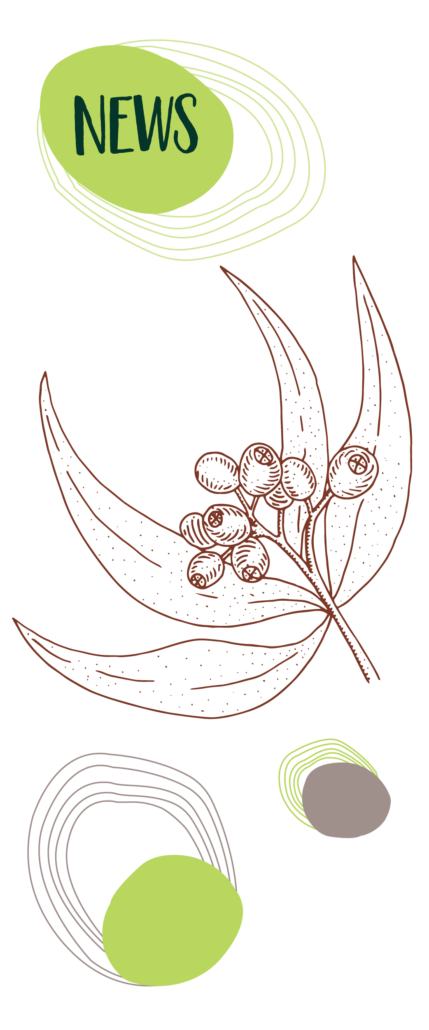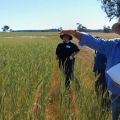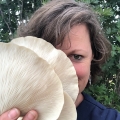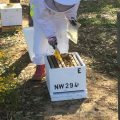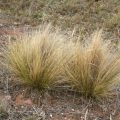Wildlife Revealed at Ngurang Reserve!
Published 6th March 2025. Written by Maddison O’Brien
Written by Maddison O’Brien
In 2025 Watershed Landcare and the North East Wiradjuri Company (NEWco) launched an exciting new initiative—Connection by Fire. This collaborative project blends cultural land management with biodiversity monitoring at Ngurang Reserve, just outside Rylstone, combining traditional knowledge with scientific research to enhance the landscape.
One of the major events planned as part of the project is a cultural burn in winter. This practice, used for thousands of years by First Nations people, reduces fire hazards, clears excess vegetation, and encourages the growth of native plants, providing habitat for a diverse range of species. To track the ecological impact of these efforts, a research partnership is underway with Annabell Murray, a Western Sydney University and UNSW Master’s student, who will study the vegetation’s response to cultural burning.
Wildlife cameras were installed over the holiday season as part of the monitoring efforts, capturing a fascinating glimpse into the reserve’s inhabitants. To help process the images and data, a Wildlife Camera Workshop was held in Kandos, where 15 dedicated volunteers gave their time and effort to help review the footage. Their enthusiasm and keen eyes helped uncover some incredible discoveries, adding valuable insights to the project. The day was a celebration of community-driven conservation, made possible by the leadership of John Marshall from the Central West Wildlife Carers Network & NEWco, who generously hosted the event at their centre in Kandos.
Among the most frequently sighted birds were the white-winged choughs, which roamed in family groups ranging from three to thirteen individuals, and the stately wonga pigeons, strutting their distinctive plumage through the undergrowth.
The reserve is undoubtedly a hotspot for native mammals, with cameras revealing an array of species, including lace monitors, possums, lyrebirds, echidnas, and wombats. Among the more elusive creatures was the Antechinus—a small, carnivorous marsupial known for its high-energy lifestyle and brief but intense breeding period. While this discovery was not unexpected, it was significant, as some Antechinus species are listed as endangered due to habitat loss and predation by invasive species.
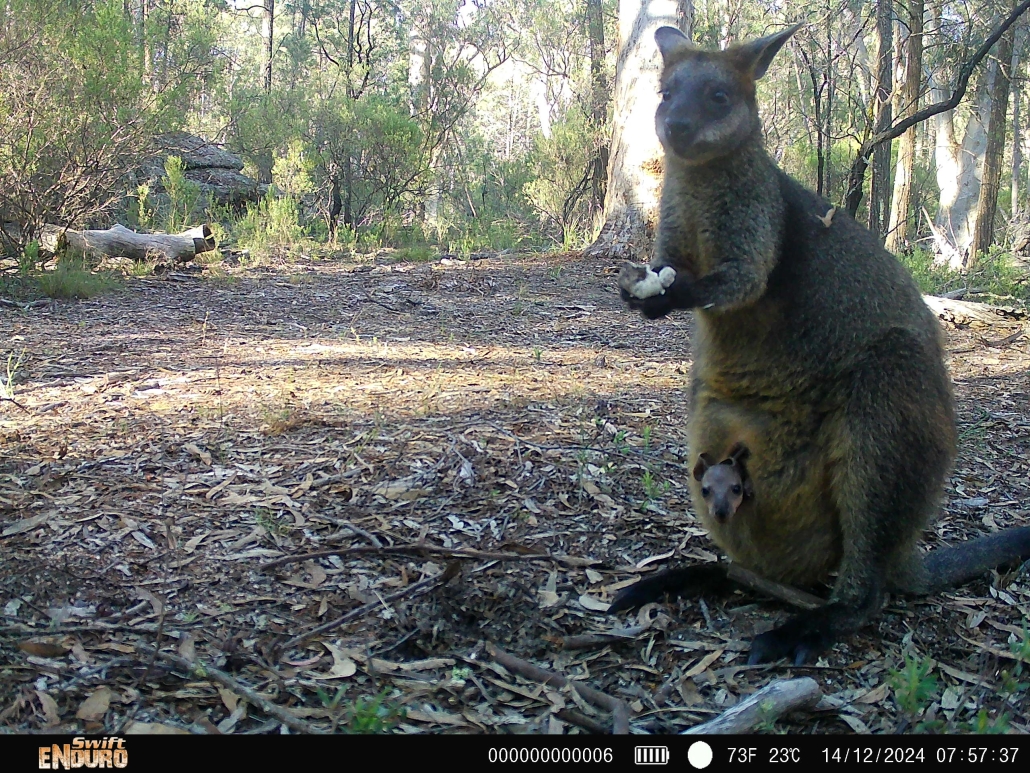
One of the most captivating sequences captured on camera was of a red-necked wallaby, a keystone species within the forest. These curious and intelligent animals were seen sniffing and digging in the soil, searching for native truffles. This behaviour plays an essential role in the ecosystem—by digging, wallabies aerate the soil and help disperse fungal spores that contribute to tree growth and soil health. Their foraging is a perfect example of the interconnectedness of Australia’s bushland.
The biggest highlight of the survey was the confirmation of koalas living within Ngurang Reserve. Across multiple recordings, nine separate sightings were documented, along with sound meter data capturing their distinctive vocal calls. This evidence strengthens ongoing efforts to protect koala habitats in the region.
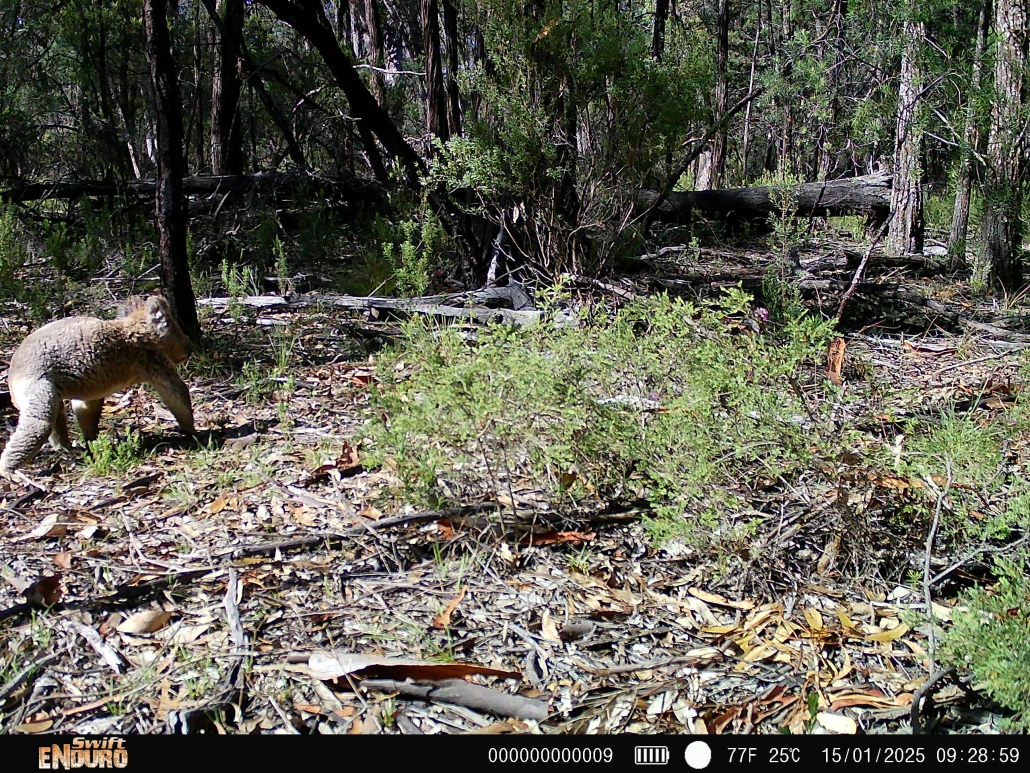
Not all of the reserve’s inhabitants were welcome, however. The cameras also recorded several introduced species, including foxes, feral cats, and even a large black cat of unknown origin. A spotted wild boar also made an appearance, highlighting the need for ongoing feral animal management to protect native wildlife.
With the Connection by Fire project now in full swing, there’s much more to come. A series of upcoming events, including a Songline Walk with Uncle Peter Swain, the cultural burn, and further biodiversity surveys, will continue to build knowledge about Ngurang Reserve and its unique ecosystem.
For those eager to get involved or learn more, email info@watershedlandcare.com.au and become part of this important work. The discoveries so far have only begun to reveal the wonders of Ngurang Reserve, strengthening the call to protect and preserve this unique landscape.
This project is supported by Landcare Australia, through funding from the Australian Government.

